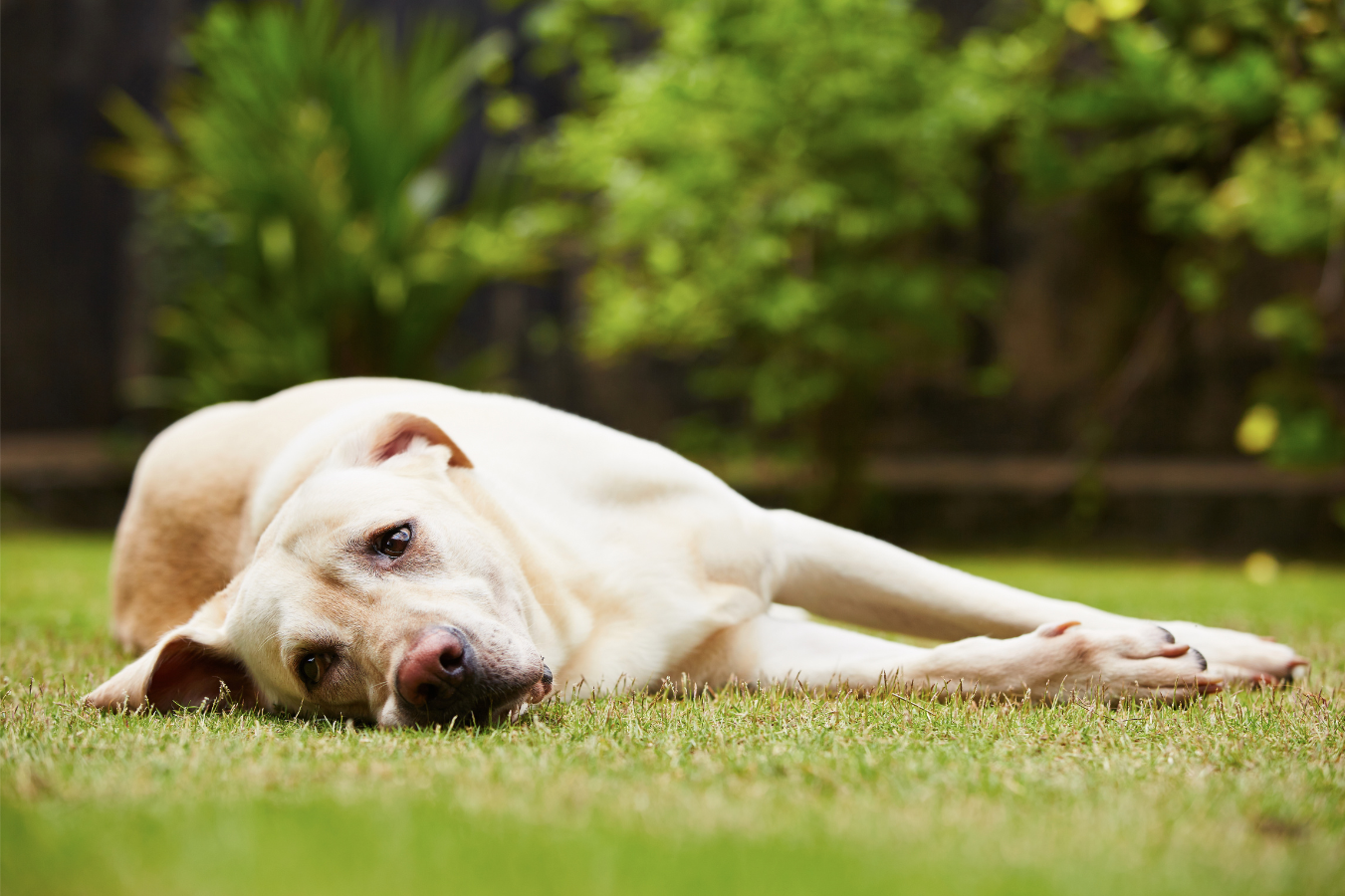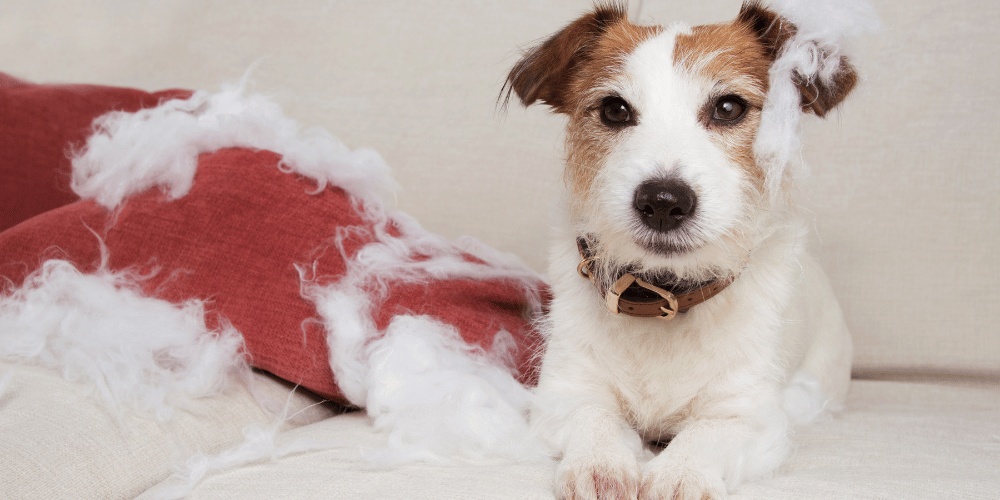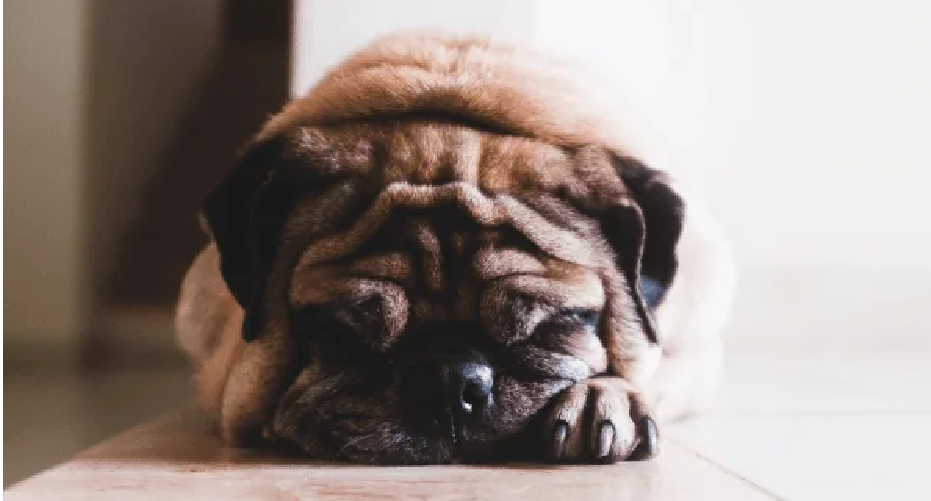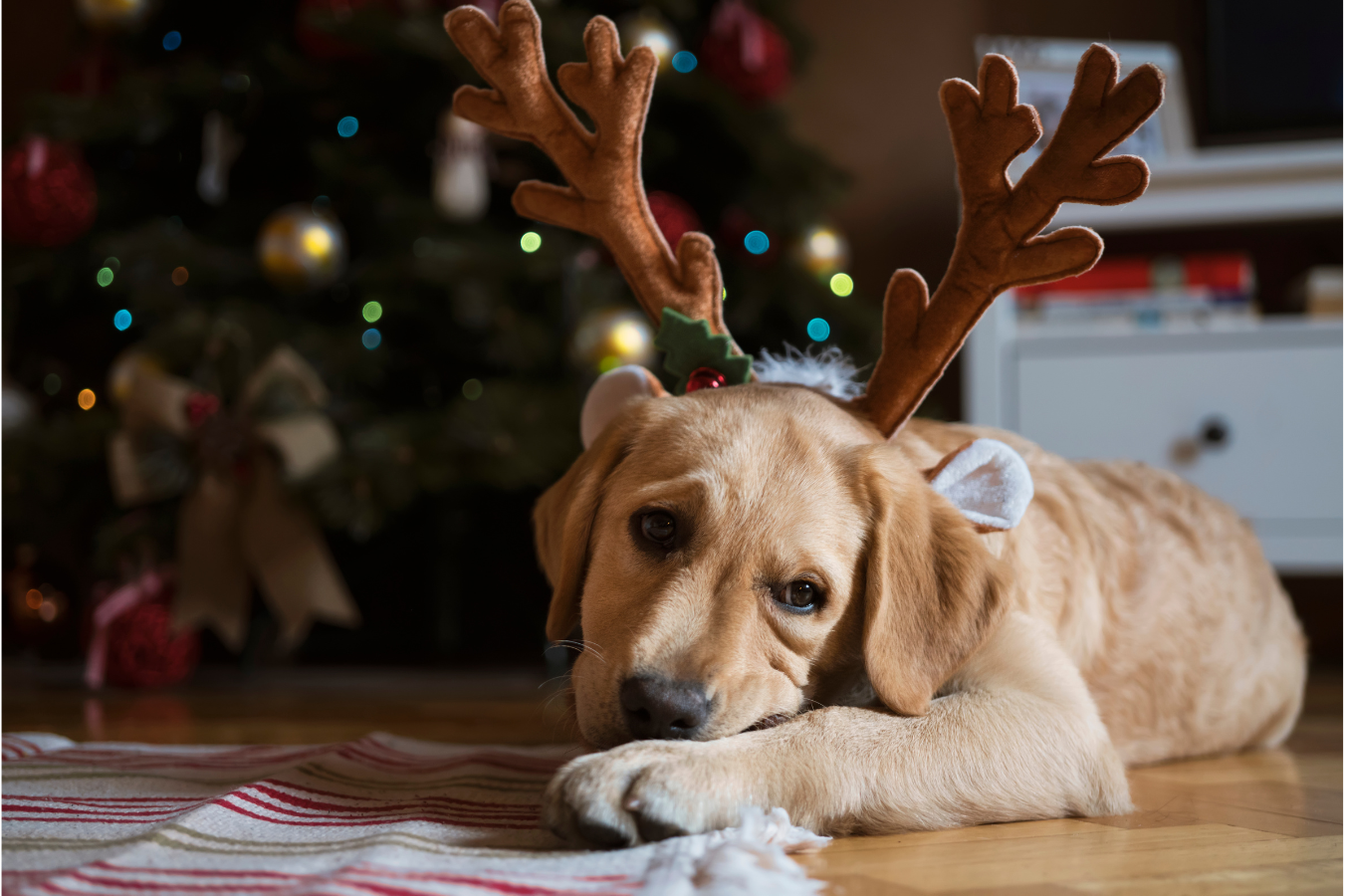
Anxiety in dogs can stem from separation from family, exposure to fear-inducing stimuli, or underlying illnesses. Signs of an anxious dog include destructive behaviour, excessive vocalisation, indoor toileting, pacing, restlessness, and compulsive behaviours. This article delves into these symptoms and explores available treatments.
Separation Anxiety in Dogs
Approximately 14% of dogs suffer from separation anxiety, characterised by distress when apart from family or caregivers. Potential triggers include deep attachment to owners or environmental and routine changes. Dogs with separation anxiety may damage belongings, especially near exits, and exhibit distress vocalisations.
Fear-Related Anxiety During Holidays and Celebrations
Dogs often experience heightened fear-related anxiety during holidays and celebrations due to loud noises (like fireworks), unfamiliar guests, and disrupted routines. This type of anxiety can also be triggered by everyday stimuli like car rides or vet visits. Lack of early socialisation or negative past experiences can exacerbate this condition. Additionally, cognitive changes in older dogs can contribute to anxiety, mirroring cognitive dysfunction syndrome in humans.
Illness-Related Anxiety
Physical conditions, changes in the nervous system, infectious diseases, or toxins can induce illness-related anxiety in dogs. Pain or discomfort can lead to anxious behaviours.
Identifying Anxiety Symptoms
Symptoms of canine anxiety include destructive behaviour, distress vocalisations, indoor toileting, pacing, restlessness, repetitive behaviours, and in severe cases, escape attempts or aggression. It's crucial to consult a veterinarian to rule out other conditions.
Treatment Approaches
Treatment varies based on severity and cause. A veterinarian should be consulted first for a thorough evaluation, including blood tests to exclude physical causes. They may recommend medications, supplements, and behavioural therapy.
Behavioral Modification Techniques
Consulting a professional, such as an accredited dog trainer or a veterinary behaviourist, is advisable. They can identify the root cause and suggest a treatment plan. DIY behaviour modification without professional guidance can inadvertently reinforce fear. Desensitisation and counter-conditioning are common techniques used.
- Desensitisation: This involves controlled exposure to the anxiety-inducing stimulus in a way that does not trigger a fear response, aiming to gradually reduce the dog's fear.
- Counter-conditioning: This strategy involves teaching the dog a positive behaviour in response to the anxiety-triggering stimulus.
Managing Anxiety During Holidays and Celebrations
Extra care is needed during holidays and celebrations. Creating a quiet, safe space for the dog, maintaining a routine, and using calming aids can help manage anxiety during these times.
Supplements for Anxiety
Veterinarians may suggest supplements containing tryptophan, which aids in producing compounds that reduce anxiety. Serotonin and melatonin are examples of such compounds, beneficial in managing separation anxiety, travel anxiety, and other behavioural disorders.
Understanding the types and symptoms of anxiety in dogs is crucial for effective management. Whether it's separation anxiety, fear-related anxiety during holidays, or illness-related anxiety, appropriate treatment and behavioural strategies can significantly improve your dog's quality of life. Always consult a veterinarian or a qualified behaviourist for personalised advice and treatment plans.


